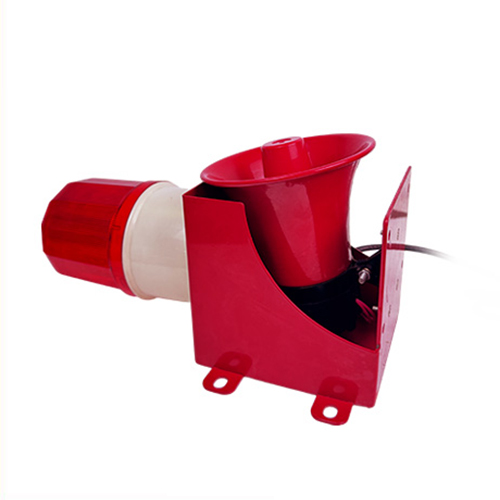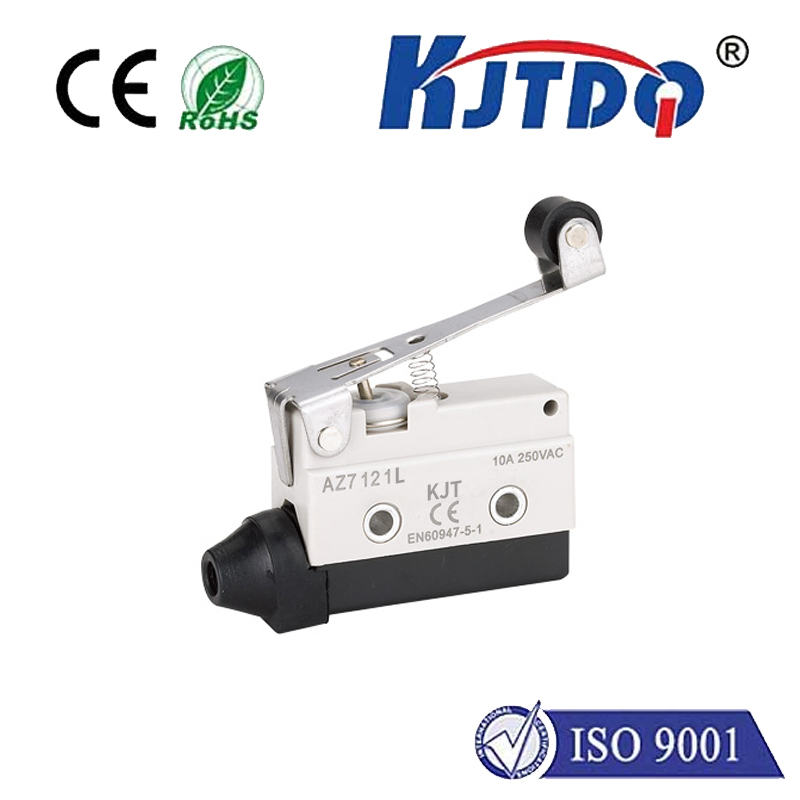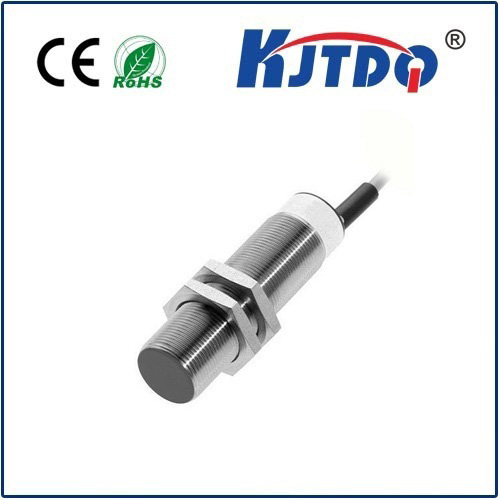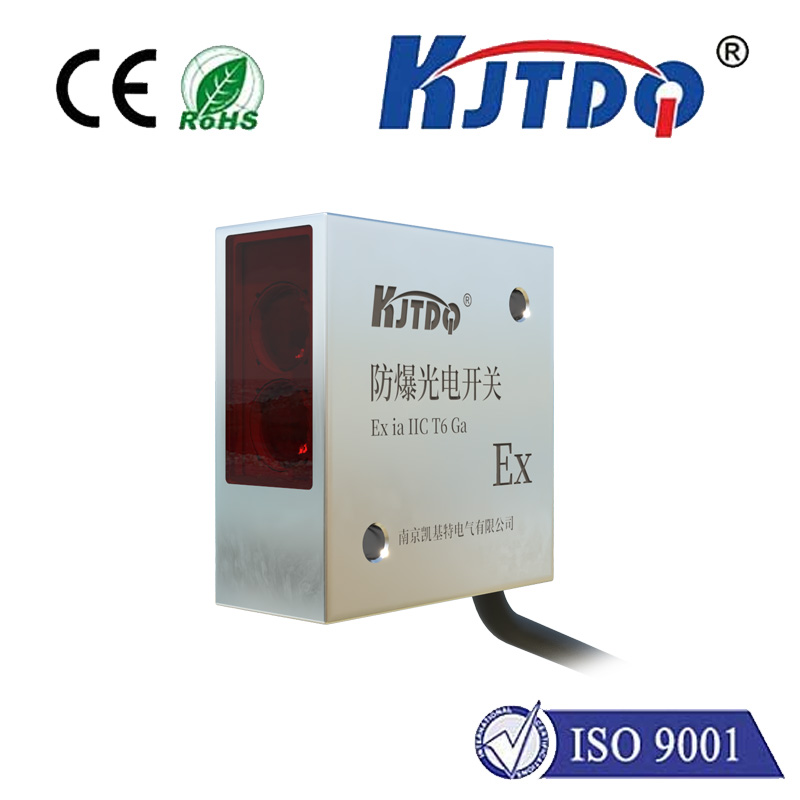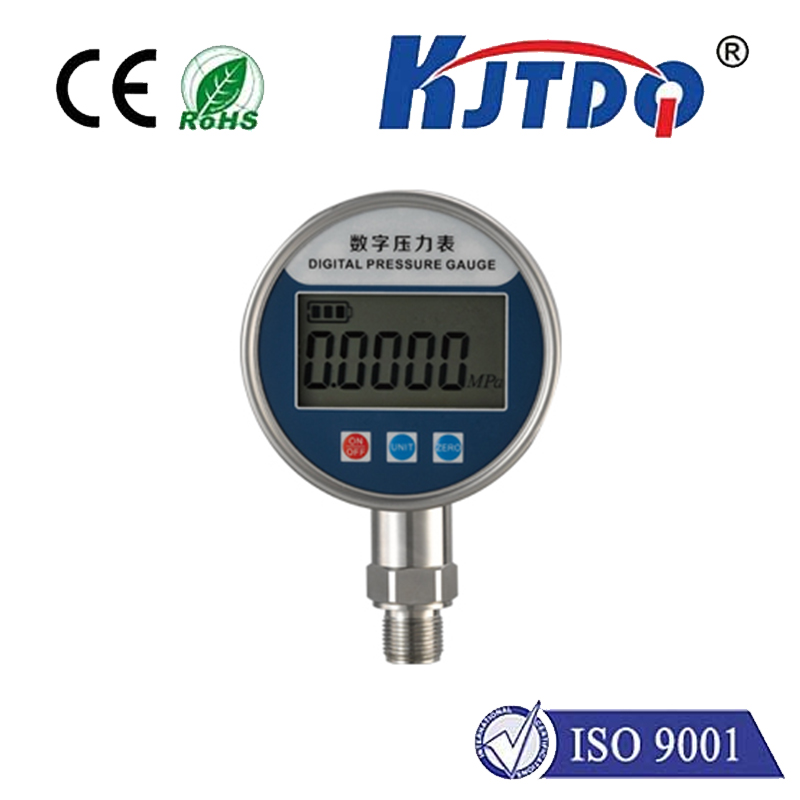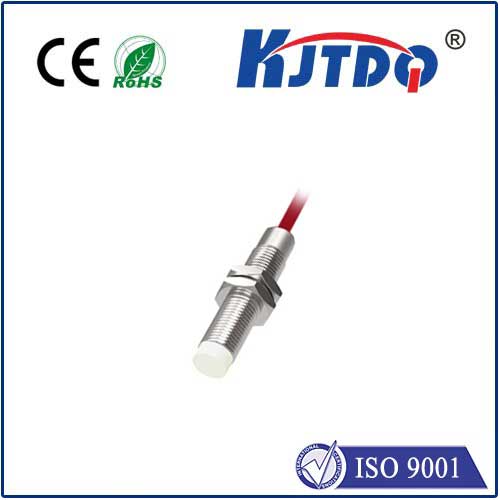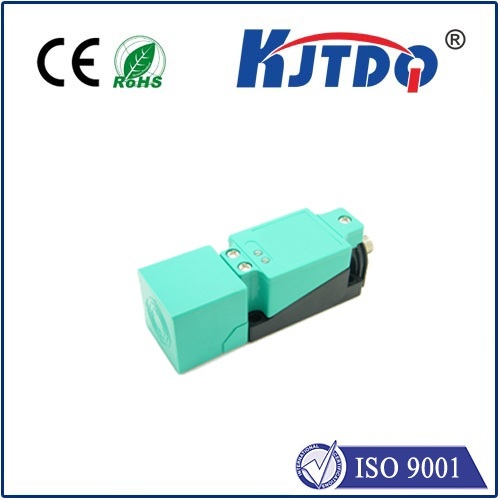

check

check

check

check

check

check

check

check

check

check
The concept of limit switch drawing might seem like a technical term, but it's actually quite simple once broken down. In this article, we will delve into the definition and purpose of limit switch drawings, their components, types, applications, and how they are created. By the end of this piece, you should have a solid understanding of what limit switch drawing is all about.
What is a Limit Switch Drawing?
At its core, a limit switch drawing is a detailed illustration or diagram that depicts the design and function of a limit switch. A limit switch is an electromechanical device used to detect the presence or absence of an object, typically in industrial machinery or automated systems. It serves as a safety feature, ensuring that machines do not operate beyond their intended limits, which could cause damage or injury.
Components of a Limit Switch Drawing
A comprehensive limit switch drawing includes several essential components. These may vary depending on the specific type of limit switch being represented but commonly include the following elements:
1. Mounting details – This section shows how the switch is attached to the machine or structure it is monitoring.
2. Contact arrangement – The configuration of the switch's contacts (NO for Normally Open, NC for Normally Closed) is crucial for understanding its behavior.
3. Actuator style – The part of the switch that physically engages with the target object can be a lever, roller, or other mechanism, and this is detailed in the drawing.
4. Electrical ratings – Information such as voltage, current capacity, and electrical connections are vital for proper integration into a system.
5. Dimensions – Accurate measurements ensure compatibility with existing machine components and provide guidelines for installation.
6. Accessories – Any additional elements like brackets, adapters, or protective covers are also illustrated.
Types of Limit Switch Drawings
There are various types of limit switches, each with their own unique drawing requirements. Some common categories include:
1. Mechanical limit switches – These traditional switches use physical contact between the actuator and the object to change state.
2. Proximity sensors – These do not require direct contact; instead, they use magnetic fields, light beams, or capacitive sensing to detect objects.
3. Pneumatic limit switches – Designed for pneumatic systems, these switches respond to air pressure changes.
4. Photoelectric limit switches – Optical devices that use light beams to detect obstructions or alignment issues.
Applications of Limit Switch Drawings
Limit switch drawings find utility across numerous industries where precise control and safety monitoring are paramount. Some examples include:
1. Manufacturing – Ensuring conveyor belts stop at the correct positions or preventing machines from overtravel.
2. Automation – Allowing robotic arms to operate within predefined spaces safely without collisions.
3. Construction – Controlling elevators and hoists to prevent them from moving beyond set points.
4. Renewable energy – Detecting wind turbine blade positioning to optimize power generation efficiency.
Creating a Limit Switch Drawing
Crafting an accurate limit switch drawing involves several steps:
1. Gather information – Determine the switch model, its specifications, and the context in which it will be used.
2. Sketch the basic design – Start with a rough sketch to lay out the major components and their relationships.
3. Add dimensions – Once the layout is settled, add precise measurements to ensure a clear understanding of scale and proportions.
4. Incorporate details – Include finer points like wiring paths, contact configurations, and any accessories needed.
5. Review and refine – Check the drawing against specifications and make adjustments as necessary before finalizing it for distribution or manufacturing.
Conclusion
In summary, a limit switch drawing is a specialized form of technical illustration that captures the essential features and functionality of limit switches. These drawings play a critical role in designing, installing, and maintaining safety-critical components across diverse industrial settings. By understanding the key components, types, applications, and creation process outlined above, one gains a deeper appreciation for the significance of limit switch drawings in modern engineering practices.
